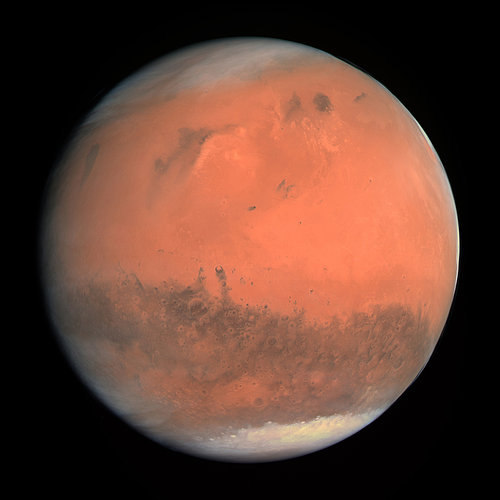The Trace Gas Orbiter is the first of two missions of the ExoMars programme - a joint endeavour between ESA and Roscosmos. ExoMars is attempting to determine whether life has ever existed on the Red Planet. TGO arrived at Mars in October 2016 and is conducting a detailed study of the atmosphere and mapping signatures of water below the planet’s surface. The orbiter is operated from ESA’s European Space Operations Centre in Darmstadt, Germany, where mission controllers already have a lot of experience relaying data from existing Mars landers.
“The orbiter usually supports one relay session per lander per day, but from 18 February, we will be supporting an additional two sessions per day for Perseverance,” says Schmitz. “From then on, TGO will relay twice the volume of data to and from the surface of Mars as it does now.”
In total, Perseverance will communicate with NASA or ESA Mars orbiters at least twice a day, and typically four to six times. During these sessions, data and images will be sent to NASA to help the operations team plan the rover’s activities for the following days.



